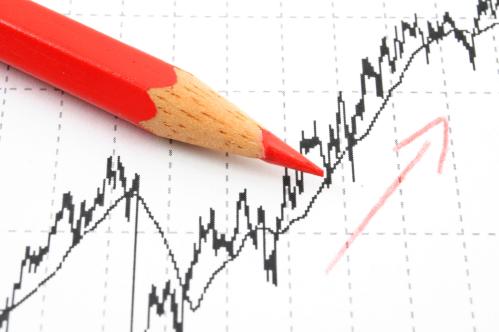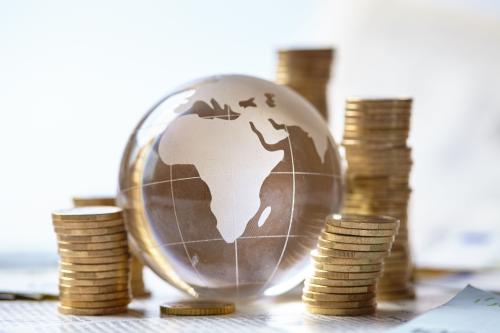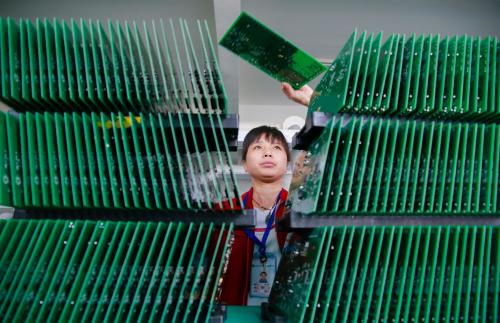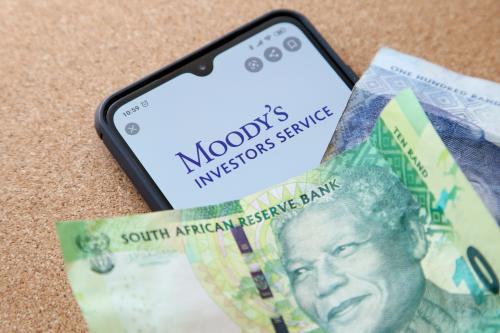COVID-19 has delayed plans and progress worldwide, especially in developing countries, where complex challenges existed even before the pandemic. For these countries, external finance—particularly development assistance—has been a source of support for economic transformation, and progress toward the Sustainable Development Goals (SDGs). To understand how to address financing needs emerging from this unprecedented crisis, we need to look at the evolution of the global aid architecture over the past two decades.
A new paper, “A Changing Landscape: Trends in Official Financial Flows and the Aid Architecture,” analyzes the trends between 2000 and 2019. The main findings include:
Financial flows to developing countries have grown steadily over the last decade, largely thanks to private sector finance. For the first time, this paper juxtaposes data reported by official donors to the OECD Development Assistance Committee (DAC) and Creditor Reporting System (CRS) with data reported by recipient governments to the World Bank Debtor Reporting System (DRS). During 2010-2019, private finance grew by 10 percent a year while official (i.e., public) finance grew by 2 percent a year. While in 2010 public finance represented 64 percent of total financial flows to developing countries, by 2019 public and private flows were almost equal.
Figure 1. Total external financing to the public sector in developing countries
(Commitments, $ billions, 2019 prices)
Source: OECD/DAC – CRS and World Bank DRS.
Among public lenders, BRICS countries (Brazil, Russia, India, China, and South Africa) provided significant volumes of loan financing—22 percent of global loan financing over the last 10 years. The World Bank Group and China were the two largest individual lenders. (While the World Bank Group provides a significant amount of grant financing, there is no data source which adequately covers grants provided by BRICS countries.
The volume of funding that donors have not allocated to specific recipient countries almost quadrupled over the past two decades, reaching $70 billion in 2019—more than one-fifth of official finance to developing countries. The rising share of resources not assigned to specific recipients indicates a growing focus on global and regional public goods and on support for emergencies (humanitarian aid and support to refugees in donor countries).
Between 2000 and 2019, the number of countries and multilateral institutions providing official finance around the world grew from 47 to 70. While this represents a modest increase, there was explosive growth in the number of entities under these countries and institutions that provided official finance—from 191 to 502—which may be due partly to the lack of full reporting at the beginning of the period. For instance, among the 43 official bilateral donors active today, 19 have more than 10 entities providing official finance.
Table 1. Growth in donor entities
Source: OECD/DAC – CRS, including corrections from authors to address underreporting by official donors in earlier years.
Development activities continue to remain highly fragmented with the average size of official loans or grants reducing by one-third in value over the last 20 years. Fragmentation is mostly concentrated in the social sectors and in bilateral activities. ODA grants, which dominate the number of transactions, saw a halving of average size from $1.5 million in 2000 to $0.8 million in 2019.
As the world’s most vulnerable people seek to recover from this crisis, three sets of emerging issues would benefit from additional research: the impact of proliferation and fragmentation on aid effectiveness; an analysis of the growing volume of aid beyond the country level; and the evolution of the concessionality of official finance.








Commentary
How the structure of global aid and development finance is changing
November 3, 2021